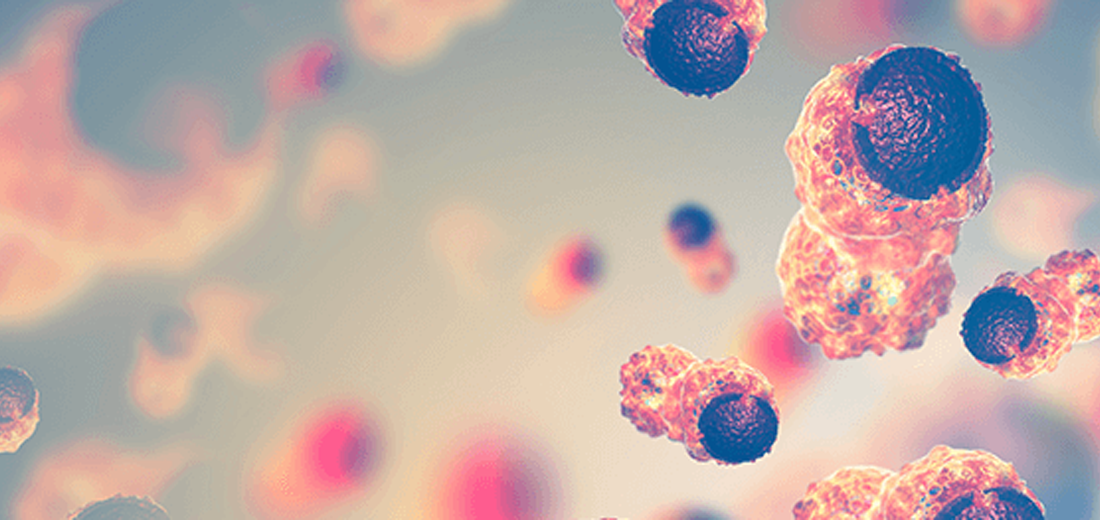Introduction:
Breast cancer is a type of cancer that is most commonly seen among women; however, it does occur in men as well.
Risk Factors for Male Breast Cancer:
The following are some of the most common risk factors for male breast cancer.
1. Family History: Familial history do play a significant role as males have a higher risk of breast cancer if they have a first- or second-degree relative with a breast cancer.
2. Associated Genetic Disorder: Males with a BRCA mutation appear to have increased risk for breast cancer as well.
Other genetic disorders have been implicated in increasing the risk of male breast cancers includes –
- Klinefelter syndrome (47, XXY)
- Cowden syndrome (PTEN tumour suppressor gene)
- Li-Fraumeni syndrome (TP53)
- Lynch syndrome (PALB2 and mismatch repair genes)
3. Other potential triggers have also been identified and include obesity, marijuana use, hepatic dysfunction, thyroid disease, and oestrogen-containing medications and conditions with increased oestrogen circulation, such as cryptorchidism, orchitis, and orchiectomy.
4. Lastly, environmental factors have also been implicated in the possibility of increasing the risk of male breast cancer as with women, previous history of undergoing radiation therapy as part of cancer treatment, and occupations that involve being around or using organic solvents such as trichloroethylene and occupations in steel and rolling mill industries.
Despite these plausible associations, many individuals who are diagnosed with male breast cancer are known to have no identifiable risk factors.
What To Look Out For And When To Consult:
The most common signs and symptoms that male patients commonly present to the clinic are complaining of a painless mass in an unilateral breast along with other potential symptoms include nipple retraction, nipple discharge, ulceration, and pain.
Tests To Be Done: The diagnosis of male breast cancer is made by a triple assessment consisting of the following:
- Clinical assessment.
- Mammography or ultrasonography.
- Core biopsy.
Mammography is one of the most effective diagnostic methods with a sensitivity score of around 92% and a specificity score of around 90%; although due to size and volume differences in male breast. Given this, ultrasound-guided core biopsy gives the most definitive diagnosis of male breast cancer and is preferred the line over a fine-needle aspiration.
similarly to breast cancer in females, the workup regarding male breast cancer is classified and consists of the following:
- The tumor,
- The number of involved nodes, and
- Metastasis (TMN) staging system.
Unfortunately, due to common delayed diagnosis of male breast cancer, approximately 40% of all male breast cancer at the initial stage of diagnosis is by itself found to be a stage III or IV disease.
Chances of Cure: Due to delayed diagnosis commonly found in male breast cancer, the overall 5-year survival is approximately 40% to 65%. When stratified, stage I would be around 75-100%, stage II would be around 50-80%, stage III would be around 30-60%, and for stage IV would be around 20-30%.
Treatment Options: The common type of breast cancer seen in men is invasive ductal carcinoma, which constitutes approximately 90% of all male breast cancer diagnosed.
Most male breast cancers are hormone receptor positive.
Treating and managing a male breast cancer patient would typically follow the same rationale of a female breast cancer patient, which would consist of –
- Removing the tumour or mass through resection, followed by adjuvant endocrine therapy, chemotherapy (CT), or radiation therapy (RT).
- A simple mastectomy alone for a localised lesions and with the addition of radiation therapy (RT) and chemotherapy (CT) for higher tumour stages.
- Most metastatic male breast cancers are oestrogen receptor positive, and thus, tamoxifen is preferred over others.
Post Treatment Care: Long-term monitoring is necessary because men are at very high risk for a second ipsilateral or contralateral breast lesions.
Screening: Routine screening of males with breast cancer is not established due to the rarity of the disease occurrence in general male population. Yet, males should be educated on the potential risk factors discussed above and should be advised on genetic counselling if they have a family history of breast cancer.
Final Note: Male breast cancer is uncommon, but if diagnosed early is curable. The mainstay of the treatment is excision and hormonal therapy, genetic counselling in case of family history, and consultation with a doctor in case of slightest suspicion increases the chance of cure.




